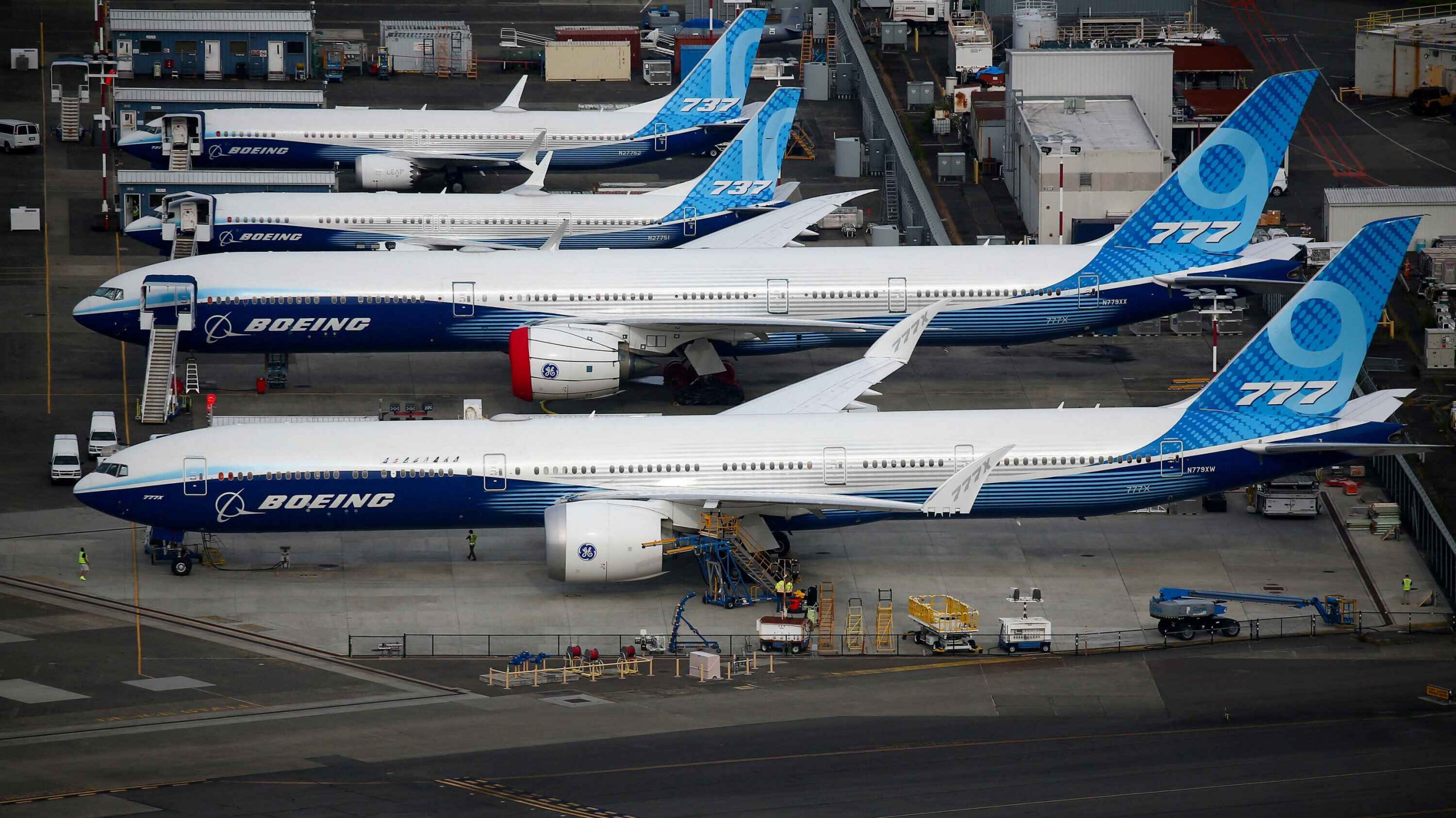Emirates delights its travellers with the revival of its much-loved route! Commencing on May 1st, Emirates is bringing back its daily flights to Phnom Penh, Cambodia, with a layover in Singapore.
This City in Cambodia is extremely popular among tourists for its beautiful sightseeing locations. As Cambodia’s biggest and wealthiest city with fine cultures and architecture, Phnom Penh is known as the ‘Pear of Asia’.
The strategic schedule, interlinked with Singapore, is to ensure optimal connectivity for travellers. With this, travellers can explore seamless connections to destinations in France, the UK, Germany, Switzerland, and the United States. Emirates bringing back its Phnom Penh route signifies the airline’s commitment to bolstering its Southeast Asian network. In addition to enhancing connectivity, this fosters the exploration of diverse and culturally vibrant destinations.

The resumption of our Phnom Penh services demonstrates our commitment to strengthening our Southeast Asian network, as we continue to create more opportunities for travellers to explore diverse and culturally rich destinations, and help businesses and exporters of all sizes establish stronger trade connections. We thank the Camboadian and Signapoean authorities for their support in establishing this new orute. We look forward to re-introducing our customers to yet another vibrant destination on our network as they explore the world, says Adnan Kazim – Emirates’ Deputy President, and Chief Commercial Officer.
The Emirates services to Phnom Penh will offer unparalleled comfort with 8 first-class private suites and 42 lie-flat seats in Business Class. Additionally Emirates services will also provide 31 spacious seats in Economy Class. Phnom Penh is one of the most popular Southeast Asian hubs for tourism trade and travellers from Europe and America. The city is currently building a new international airport with plans to start operating in 2025! Don’t miss out on the opportunity to explore the wonders of Phnom Penh with Emirates. Book our journey today and embark on an adventure of a lifetime.







